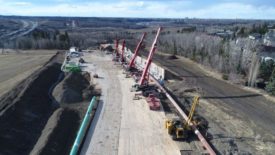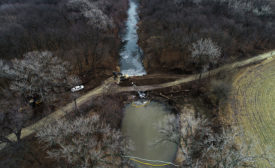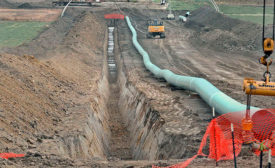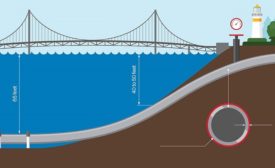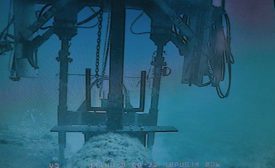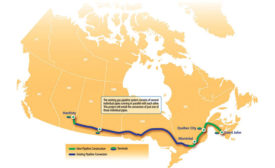Home » Keywords: » oil pipeline
Items Tagged with 'oil pipeline'
ARTICLES
Full Cleanup of Dec. 7 Keystone Oil Pipeline Spill Could Take Weeks
Energy firm said Dec. 17 site cleanup crew number has risen to 400
Read More
Safety
After Fatal House Explosion, Colorado Seeks New Pipeline Regulations
State oil and gas oversight agency scrambling to keep up with regulatory directives
May 9, 2017
The latest news and information
#1 Source for Construction News, Data, Rankings, Analysis, and Commentary
JOIN ENR UNLIMITEDCopyright ©2024. All Rights Reserved BNP Media.
Design, CMS, Hosting & Web Development :: ePublishing
